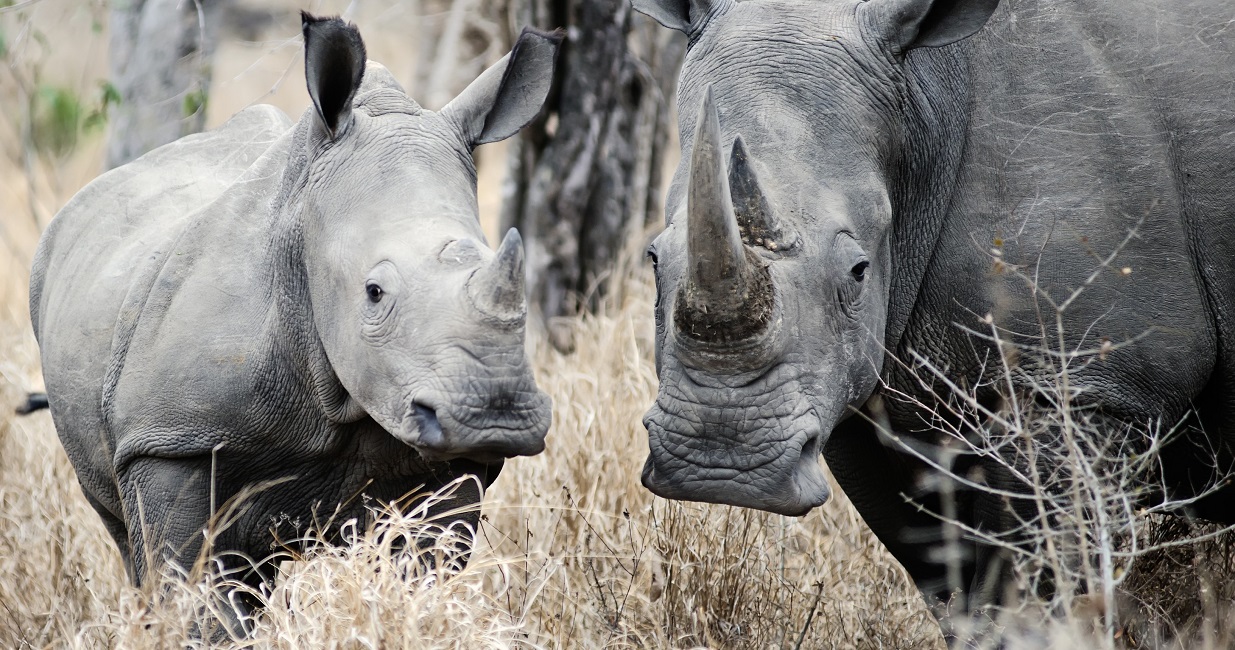
World Bank innovates with new model for conservation financing
World Bank’s recent US$150 million “rhino bond” is advancing biodiversity and natural capital, proving financial markets can fund conservation projects while simultaneously transferring project performance risk from donors to institutional investors, according to deal sources.
At first glance, the five-year Wildlife Conservation Bond (WCB) – issued late March 2021 – looks like a traditional social impact bond with a pay-for-success structure. But this would be a misunderstanding, says Michael Bennett, head of market solutions and structured finance at World Bank in Washington.
“Social impact bonds traditionally require investors to take 100 per cent risk on an activity that is very difficult to judge,” Bennett tells KangaNews. “In this way, they are more like equity risk for investors. With the WCB we consciously created a new structure which should appeal to institutional investors as a bond."
Bennett explains the WCB has two attractive features. First, it is a traditional, principal-protected World Bank Sustainable Development Bond with a guaranteed minimum return of 1.06 per cent per year. The proceeds will be used to fund sustainable development projects in World Bank member countries.
Secondly, it is an outcomes-based bond where funds that would have been made as coupon payments to investors are instead used to finance conservation activities in two game reserves in South Africa. If conservation outcomes are achieved, investors will receive a success payment at maturity in addition to the guaranteed minimum return. This is the innovation in the WCB structure: the outcome-based mechanism facilitates access to additional private financing for conservation that the game reserves in South Africa would otherwise not have access to. In doing so, project performance risk is transferred from donors to the capital markets.
The structure was devised at the request of the Global Environment Facility (GEF) – a donor that traditionally gives grants in the form of upfront funding for projects like the ones being funded in South Africa, thereby taking on the full project success risk.
Bennett explains: “GEF wanted to create a new instrument, a non-grant instrument, whereby it will only pay for success. GEF offered a conservation success payment of US$13.76 million for the national parks in South Africa, which is managed by World Bank treasury. World Bank pays funds to the game reserves in the form of conservation investment payments to fund black rhino conservation activities.” The funds for the conservation investment payments come from the foregone investor coupons and the investors’ potential success payment comes from the GEF funds.
At maturity, in addition to getting back their principal plus minimum return, investors stand to receive a success payment linked to the growth rate of the black rhino population in the game reserves (see table).
Success payment structure
| Rhino growth target | Payment |
|---|---|
| Rhino population growth is 0 or negative | No success payment |
| Rhino population growth is 0-2% | Success payment is 40% of US$13.76 million which equates to a total return on the bond of 1.79% |
| Rhino population growth is 2-4% | Success payment is 80% of US$13.76 million which equates to a return of 2.49% |
| Rhino population growth is 4% of higher | Success payment is US$13.76 million which equates to a return of 2.83% |
Source: World Bank, 21 April 2022
Conservation Alpha will calculate the rhino growth rate and the Zoological Society of London will verify it.
According to Bennett, a combination of institutional investors and high net worth individuals bought the bond. Nuveen was the cornerstone investor and other buyers included AllianceBernstein, Blue Bay Asset Management, ASN Impact Investors, Mackenzie Investments, Azimut Investments and INGKA Investments.
Bennett comments: “It has been an interesting project to work on because we have essentially put the capital-market world together with conservation. When you look at biodiversity, many of the projects are not revenue-producing so they are traditionally funded by governments and donors. With the WCB we have passed the success risk to the capital markets.”
Heike Reichelt, head of investor relations and sustainable finance at World Bank in Washington, adds: “By doing this, we have created something that benefits conservation in South Africa without adding to the sovereign debt of the country.”
Although the metric for the success payment is rhino population growth, Bennett points out that there are other targets within the project, such as community development, job creation and the gender impact of those jobs which fall directly into World Bank’s remit of poverty alleviation. In addition, protecting the critically endangered black rhino population contributes directly to biodiversity by helping conserve an area of 153,000 hectares that is home to many other species, Bennett says.

WOMEN IN CAPITAL MARKETS Yearbook 2023
KangaNews's annual yearbook amplifying female voices in the Australian capital market.

SSA Yearbook 2023
The annual guide to the world's most significant supranational, sovereign and agency sector issuers.









